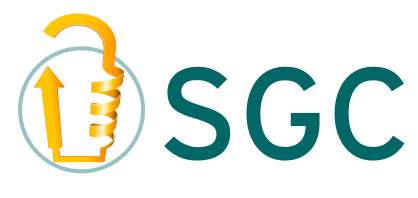 |
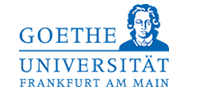 |
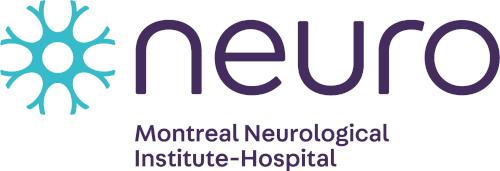 |
 |
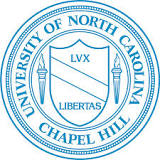 |
 |
New drug leads to treat toxoplasmosis unveiled by collaboration between Washington University, UCSF and the SGC
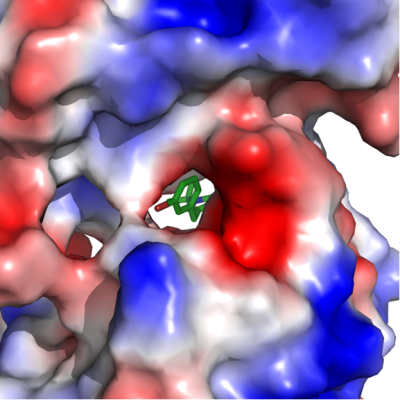
Toxoplasmosis is a parasitic disease caused by the apicomplexan protozoa Toxoplasma gondii and can pose a significant threat to immunocompromised individuals, e.g. those undergoing organ transplantation or chemotherapy and HIV/AIDS patients, who cannot fight back the infection and are thus dependent on drugs to control the infection.
During infection, in response to an intracellular calcium boost, Toxoplasma gondii secretes proteins from specialized organelles known as micronemes. Using both gene-knockout and chemical biology approaches, David Sibley and colleagues show that this vital process is dependent on an enzyme called calcium-dependent protein kinase 1 (TgCDPK1). The results of the research were recently published in the journal Nature.
This enzyme is conserved among apicomplexans - a group of organisms responsible for several infectious diseases including malaria and cryptosporidiosis. TgCDPK1 belongs to a family of kinases shared with plants and ciliates, suggesting that related CDPKs may have a function in calcium-regulated secretion in other organisms. Because this kinase family is absent from mammalian hosts, it represents a validated target that may be exploitable for chemotherapy against T. gondii and related apicomplexans such as Cryptosporidium parvum(responsible for cryptosporidiosis).
In this study, the authors have shown that TgCDPK1 plays a vital role in the cell cycle of the parasite. They have also demonstrated that the function of TgCDPK1 can be disabled by a series of chemical compounds initially designed to be used as assay reagents. These compounds – know as pyrazolopyrimidine (PP1) derivatives – works by exploiting a feature available only in this family of kinases.
" We are very excited to have unveiled a new and promising target for development of drugs to fight toxoplasmosis" said Dr. Raymond Hui, Principal Investigator at the SGC who conducted the structural analysis of TgCDPK1 and the binding mode of the compounds. " The lack of this kinase family in mammalian hosts makes this protein an attractive target for chemotherapeutic drug design."
All the results and details of the compound have been released into public domain without any encumbrance on its use by the authors of the study. The goal is to provide a head-start for anyone interested in developing these leads into therapies and approved drugs.
Sources: Nature and the SGC
- Read the article in Nature
- Nature Editor's summary
- Read more about the structure in complex with the PP1 drug lead 3MA6
- Center for Disease Control (USA) fact sheet about toxoplasmosis
Image credits: LadyofHats – public domain, via Wikimedia Commons and the SGC.
